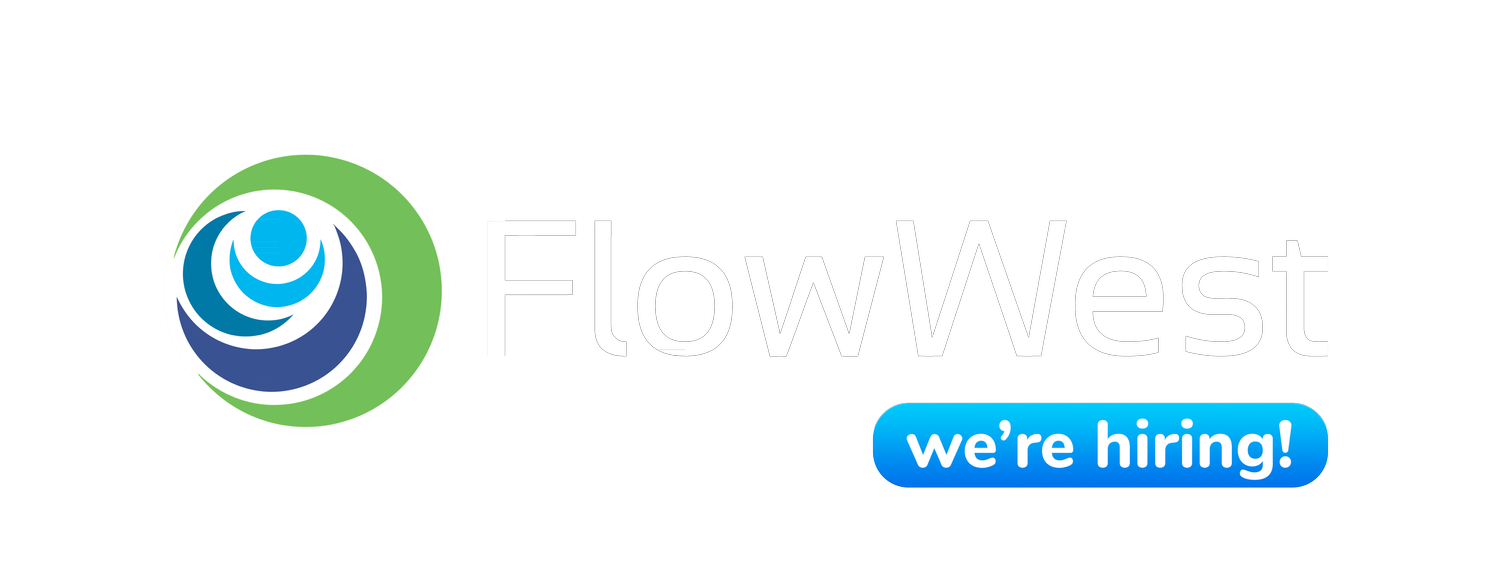Urban waterways often face a variety of challenges, from erosion to habitat degradation. The Courtland Creek Restoration Project, led by FlowWest in partnership with the City of Oakland, exemplifies how science-driven restoration and community engagement can breathe life back into urban ecosystems.
Addressing Critical Issues
Courtland Creek, flowing through suburban Oakland, faced numerous environmental and social challenges. Over-steepened, eroding banks, vegetation overgrowth, and invasive species plagued the creek, along with issues like trash accumulation and limited public access. Recognizing the creek’s untapped potential as a vibrant urban resource, the project sought to address these challenges head-on.
A Collaborative Restoration Effort
Starting in 2019, FlowWest embarked on a comprehensive restoration initiative to:
Design Solutions: Restoration designs focused on increasing flood capacity through the creation of terraces, which stabilize banks and reduce water velocities.
Improve Public Access: The project included significant efforts to engage the local community, ensuring the redesigned creek met the needs of residents in this underserved neighborhood.
Enhance Ecosystems: Replacing decades-old eucalyptus trees with native species has fostered a healthier tree canopy, creating habitats for birds and other wildlife.
Streamline Permitting: Collaborating with agencies like California’s Department of Fish and Wildlife, the Regional Water Quality Control Board, and the U.S. Army Corps of Engineers, FlowWest navigated the permitting process to prepare for construction.
Securing Resources for Change
A key highlight of the project was FlowWest’s success in securing approximately $1.7 million in state and federal funding. This was achieved by identifying suitable grant opportunities and crafting compelling proposals. These funds ensured that the restoration could be both ambitious and effective.
The Results
Construction, completed between 2023 and 2024, has transformed the creek into a safer, more accessible, and ecologically balanced space. The community now enjoys a revitalized waterway, where flood resilience and environmental sustainability coexist harmoniously.
This restoration exemplifies how thoughtful design, public engagement, and funding partnerships can restore the health of urban ecosystems while benefiting the communities they serve.



